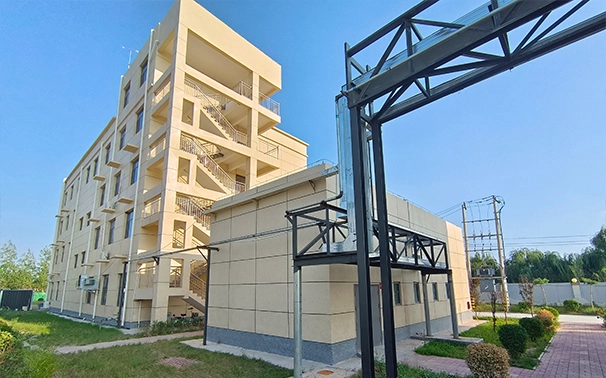Safety and Handling Guidelines for Poly Aluminum Chloride Material Safety Data Sheet
Understanding Polyaluminum Chloride (PAC) and its Safety Data
Polyaluminum chloride (PAC) is a widely used chemical in various industries, particularly in water treatment, paper production, and as a food additive. Its primary function is to act as a coagulant and flocculant, helping to purify drinking water and wastewater by forming insoluble compounds with impurities. While PAC is highly effective in these applications, it is essential to understand the safety measures and handling precautions associated with this chemical, as outlined in its Material Safety Data Sheet (MSDS).
Chemical Properties and Applications
Polyaluminum chloride is an inorganic polymer with the chemical formula Aln(OH)mCl(3n-m), where “n” represents the number of aluminum atoms and “m” the hydroxyl substituents. Its versatile structure allows it to exhibit strong coagulating properties, making it particularly effective in removing turbidity and sediments from water. In addition to water treatment, PAC finds applications in the paper industry, where it improves the quality of paper by enhancing retention, drainage, and formation properties.
It is also utilized in the food industry as an additive to improve the stability and quality of food products. Its low toxicity and effective performance have made PAC a preferred choice over traditional coagulants like alum, especially in situations where high-quality water is necessary.
Safety Considerations
polyaluminum chloride msds

Despite the benefits of PAC, proper handling and awareness of its safety data are crucial. According to the MSDS, PAC can cause irritation to skin, eyes, and respiratory tract upon exposure. Therefore, personal protective equipment (PPE) is highly recommended for individuals handling this chemical. This includes gloves, safety goggles, and respiratory protection, especially when the compound is in a powdered form that can generate dust.
In the event of accidental contact, the first aid measures outlined in the MSDS should be followed. For skin contact, the affected area should be washed thoroughly with soap and water. In case of eye contact, the eyes should be rinsed with copious amounts of water for at least 15 minutes, and medical attention should be sought immediately. If inhaled, individuals should be moved to fresh air, and medical help is advisable if symptoms persist.
Environmental Impact
The environmental implications of using PAC also necessitate careful consideration. While PAC is considered less harmful compared to some other chemicals, its application must be managed to prevent adverse effects on aquatic ecosystems. It is crucial for industries to adhere to local regulations regarding the discharge of waste containing PAC, ensuring that concentrations remain within permissible limits.
Conclusion
Polyaluminum chloride is a powerful and effective chemical utilized across various sectors, particularly in water treatment and food industries. However, understanding the associated risks and safety protocols is paramount. By carefully adhering to the guidelines provided in the MSDS, users can ensure the safe handling of this chemical while minimizing any potential health and environmental impacts. As industries continue to prioritize safety and environmental sustainability, maintaining rigorous standards for the use of PAC will be essential for its ongoing application and acceptance in various fields.
-
Water Treatment with Flocculant Water TreatmentNewsJun.12,2025
-
Polymaleic AnhydrideNewsJun.12,2025
-
Polyaspartic AcidNewsJun.12,2025
-
Enhance Industrial Processes with IsothiazolinonesNewsJun.12,2025
-
Enhance Industrial Processes with PBTCA SolutionsNewsJun.12,2025
-
Dodecyldimethylbenzylammonium Chloride SolutionsNewsJun.12,2025





